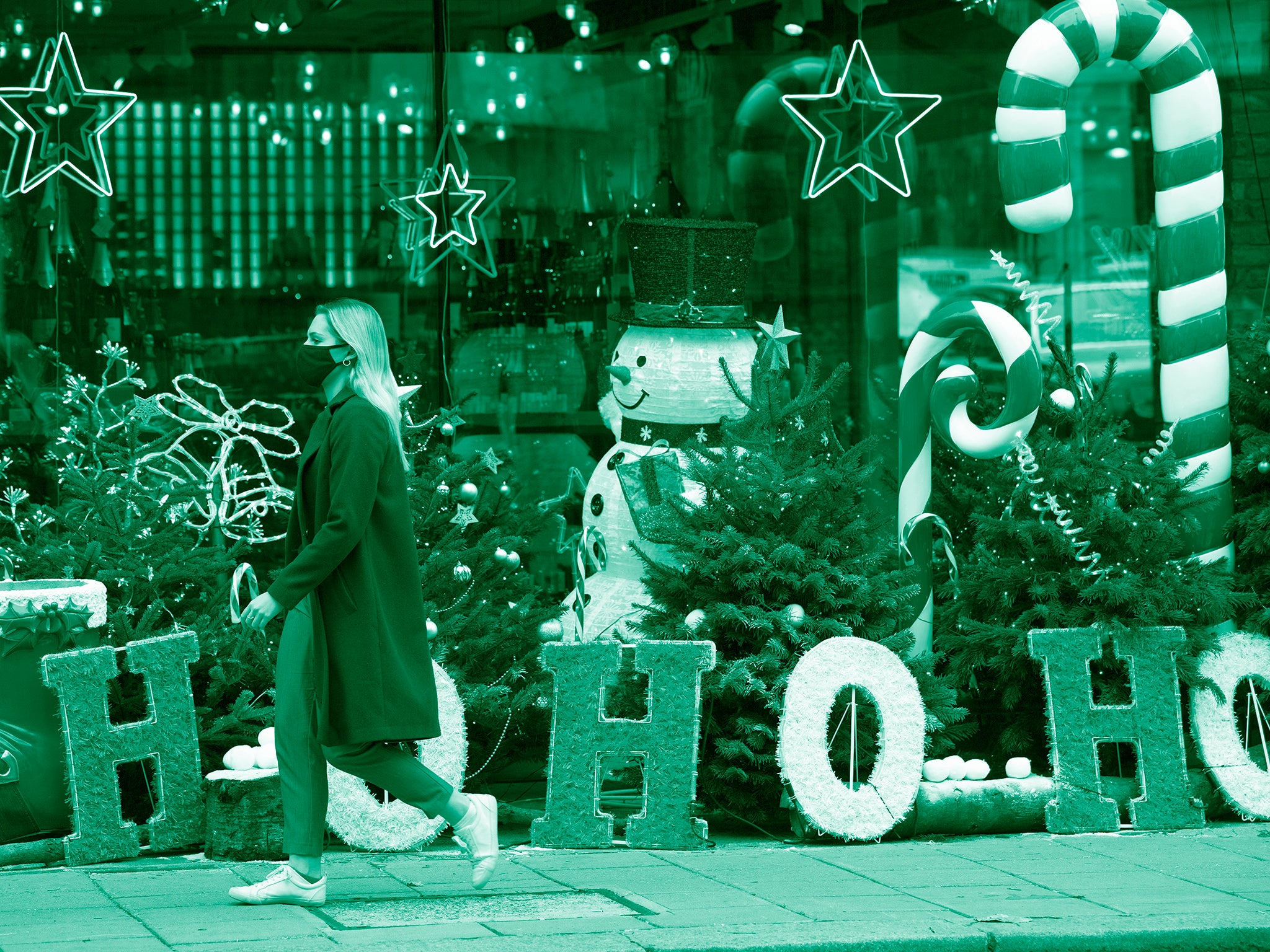Is it possible to have a climate-friendly Christmas?
- Can I still enjoy a spot of festive fashion?
- How can I reduce food waste over Christmas?
- How can I reduce waste generated by gifts?
- What about decking the halls?

Sustainability is influencing more and more of Britain’s consumer and lifestyle habits as more of us grow aware of the realities of climate change.
Now even the excesses of Christmas have come under scrutiny. The frenzy of gift-buying and excessive food consumption and the waste generated over the festive season have serious environmental consequences.
But there are steps we can all take to mitigate our carbon footprint and still enjoy Christmas.
Can I still enjoy a spot of festive fashion?
It’s true the UK’s addiction to fast fashion is damaging the planet. According to the Government’s Fixing Fashion Report, around 300,000 tonnes of used clothes are burned or buried in landfill each year in the UK.
A recent survey commissioned by environmental organisation Hubbub found that more 7 million adults plan to buy at least one new piece of clothing for this year’s party season – that’s £330.5 million on party season clothes alone.
Sarah Divall from Hubbub explains; “Fashion is such an important part of so many of our lives but we can still look great without harming the planet. Buying something new shouldn’t be the default when there are so many gems hiding in wardrobes all across the UK. This festive season we’re asking people to get inventive by restyling something they already own to give last year’s fashion a new life.”
Hubbub has this advice for festive fashion:
1. Rewear, restyle or upcycle an outfit you already own.
2. Borrow or swap with friends.
3. Rent from one of the great rental sites available like Loanhood, By Rotation, Hurr or others. Or chose peer to peer loans and rentals.
4. Buy second-hand from a vintage shop, online reseller or a charity shop.
How can I reduce food waste over Christmas?
Food production is the biggest cause of tropical deforestation, according to the WWF. Try to cut any waste by planning ahead - be realistic about how much food you need and use up leftovers.
Leftover food may be unavoidable, but you can save it and enjoy it the next day by covering it with eco-friendly cling film alternatives such as Tupperware, foil or wax cloth covers!
Try cutting down on meat. Eating more plant-based meals is good for you and the planet. The livestock industry alone generates nearly 15% of all man-made greenhouse gas emissions and requires space and huge amounts of water and feed.
How can I reduce waste generated by gifts?
Just under half of UK adults say they have received gifts they don’t want and will never use. Buying fewer but better-quality gifts reduces the chances of gifts going to waste and can be better for your wallet too.
Also think about materials and keep sustainability in mind. Ensure wood and paper are made from recycled or Forest Stewardship Council (FSC) certified materials, and avoid single plastics items that can’t be recycled.
What about decking the halls?
The plastics and other materials used in Christmas decorations are a huge source of pollution and landfill. Sequins in particular are a major cause of microplastic pollution.
Try making your own decorations. You can upcycle old decorations or sew or craft your own from spare material from around the house.
Every year up to eight million Christmas trees are bought in the UK – and around seven million of those end up in landfill, releasing carbon dioxide and methane into the atmosphere.
But did you know you can rent Christmas trees? Once the rental period is over, the trees are replanted until next Christmas. You can even rent the same tree each year.
How you dispose of your real Christmas tree is important. For a two-metre tall real Christmas tree with no roots, the carbon footprint is 16kg CO2e if it ends up in landfill. This is because the tree decomposes and produces methane gas, which is 25 times more potent as a greenhouse gas than carbon dioxide.
However, if you burn your Christmas tree on the bonfire, plant it or have it chipped to spread on the garden, that significantly reduces the carbon footprint by up to 80% (around 3.5kg CO2e). Burning the tree emits the carbon dioxide that is stored up when it was growing so there’s no net increase.
Real trees have much lower carbon footprints than artificial Christmas trees. The Carbon Trust estimates that a two-metre artificial tree has a carbon footprint around 40kg CO2e, more than twice that of a real tree that ends its life in landfill.
Join our commenting forum
Join thought-provoking conversations, follow other Independent readers and see their replies
Comments
Bookmark popover
Removed from bookmarks